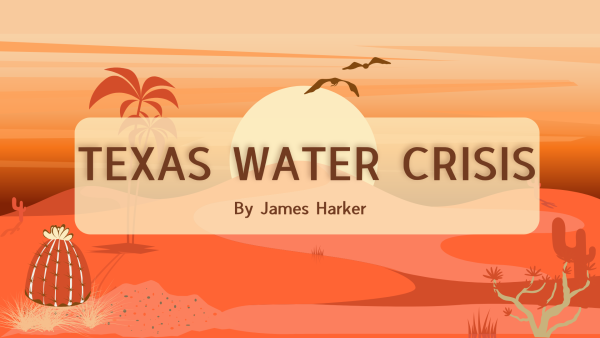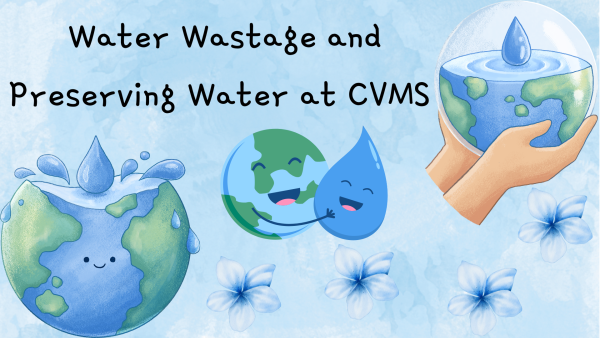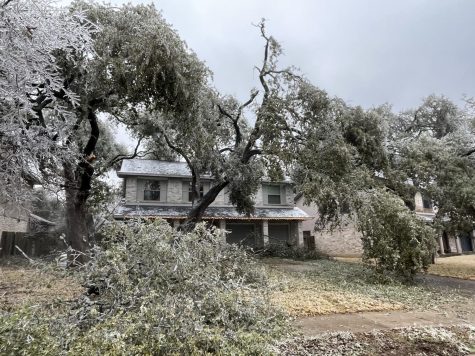Why Is It So Cold?
Read on the learn why the polar vortex makes this February so cold
Are your teeth chattering yet? Are trees collapsing from the weight of icicles? If the answer is yes, you can thank the polar vortex. The polar vortex is bringing icy temperatures to all lower 48 states. No one in the United States can escape freezing temperatures this February.
The polar vortex is a low pressure system of polar air about 30 miles above the earth’s surface. The winds inside the polar vortex can reach up to 150 miles per hour. That’s faster than the speed of most hurricanes! There are two polar vortexes in the world. One is at the North Pole and the other at the South Pole. Normally, the polar vortex rotates in a circle near the Arctic. This year though, the polar vortex has changed its structural integrity or changed its shape. It has weakened which causes it to move below the Arctic Circle and into the United States. What’s important to note is that the polar vortex is not the actual culprit of the cold weather. Rather, because the polar vortex weakens, the jet stream changes its shape. This brings a low pressure system into the United States causing freezing temperatures and snow.
Why now? Scientists believe that climate change is the leading cause of the polar vortex changing its shape. Because the temperature of the earth is heating up, the world is experiencing colder winters. As stated in the UC Davis Climate Change Website, ” … warming of the Earth has led to the loss of Arctic sea ice, transforming a highly reflective icy surface to a dark absorptive surface. The change is warming higher latitudes and reducing the temperature difference between the warmer mid-latitude and polar regions. This weakens and destabilizes the polar jet stream, causing it to dip into lower latitudes, bringing polar air farther south.”
The term “polar vortex” is actually not a new term. It has been around for centuries, but the term has been popularized in the 21st century. The most recent polar vortex took place in 2019. Many states declared a state of emergency due to the below freezing temperatures and record low windchill temperatures. Iowa broke its all time record of the coldest temperature at−30 °F (−34 °C) on January 31, 2019. That was only one of the many effects of the 2019 polar vortex. Another extreme polar vortex occured in 2014. It affected more than 200 million people and caused $5 billion in damages. There were even record low temperatures well into March of that year. Only time will tell if the polar vortex of 2021 will break any records this year.

Lena Boas loves to play soccer and run track. She enjoys traveling to other countries and learning about different cultures. She also plays piano and is...

























